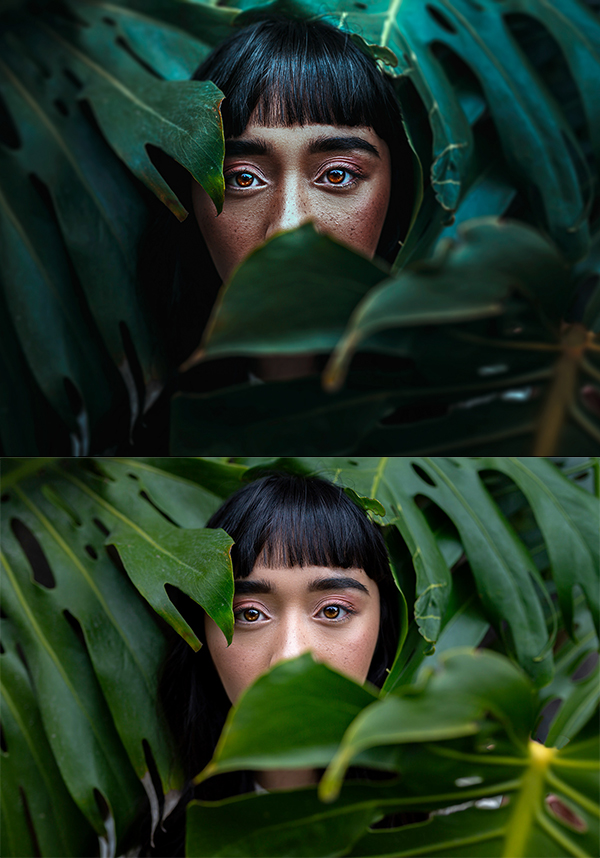

- #Adobe photoshop tutorials software#
- #Adobe photoshop tutorials mac#
- #Adobe photoshop tutorials windows#
This was done intentionally so the example image could fit in this tutorial.) (This tool palette image might look slightly different than your computer in the sense that there are two rows of tools as opposed to one.
#Adobe photoshop tutorials software#
Video editing, sound editing, web design and many other types of software share the same symbols used in the tools palette. Many of the icons used for the tools in Photoshop have become industry standards across all types of software. Photoshop is well-known for its standard tools pallet. As you click through the different tools, different options pertaining to each of those tools will be given. In the example image above, the options for the Selection tool are displayed. That means the options displayed will change depending on which tool is selected. The thing to know about this particular part of the workspace is that it is contextual in nature.
#Adobe photoshop tutorials mac#
This options bar is just below the main menu on Mac computers. Now let’s take a look at the top options bar: This is especially useful for computers that are shared by multiple people. Notice, this menu gives other default layout options, including options to save a particular layout.
#Adobe photoshop tutorials windows#
This will arrange the windows and various “palettes” to a default setting. On the top menu bar, navigate to the Window → “Workspace” menu and choose “Essentials (Default).” A good way to stay consistent with the images we show when following this tutorial is to change the layout to the default mode. Therefore, it’s easy to change things around in such a way that the program is nearly unrecognizable. The Adobe Photoshop workspace is highly customizable for all of the various situations in which different industries might use the program. Workspace Layoutįirst, let’s get familiar with the general Photoshop layout.

Photoshop can actually do quite a bit more than these listed items, but for the purposes of this tutorial the focus will be using the program as a photography tool in a journalistic sense. Salvage a bad photo that is very dark, or even worse, very bright.Increase the size of a very small image found on the Web to a large one with no quality loss.Opening or saving in a variety of file formats.“Improve” photos that might just look OK.Adjust tonal properties such as lightening a dark image.The program is so flexible, it is is used for both adjusting photographs and creating graphic elements.Īs a beginning-level study, this tutorial will primarily focus on the photography aspects of the program as used in a journalistic sense. Photoshop has a tremendous breadth of uses in various industries ranging from photographers to graphic artists. Images may originate from a digital camera, from scans, from stock photo libraries, from existing web-ready artwork, or even graphics that are created purely in Photoshop.

Originally published on newmedia.report IntroductionĪdobe Photoshop is the industry standard tool for working with digital images of any kind.


 0 kommentar(er)
0 kommentar(er)
